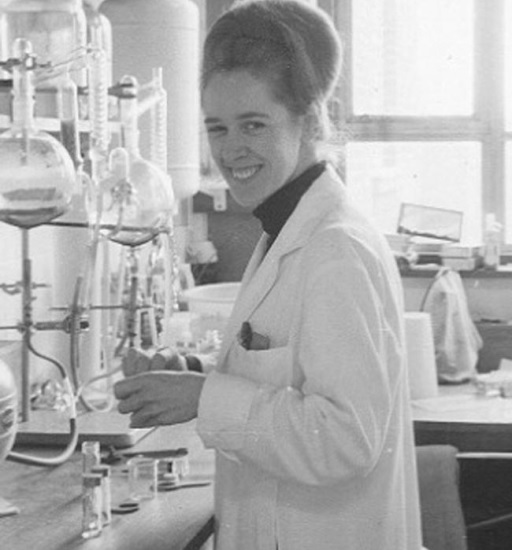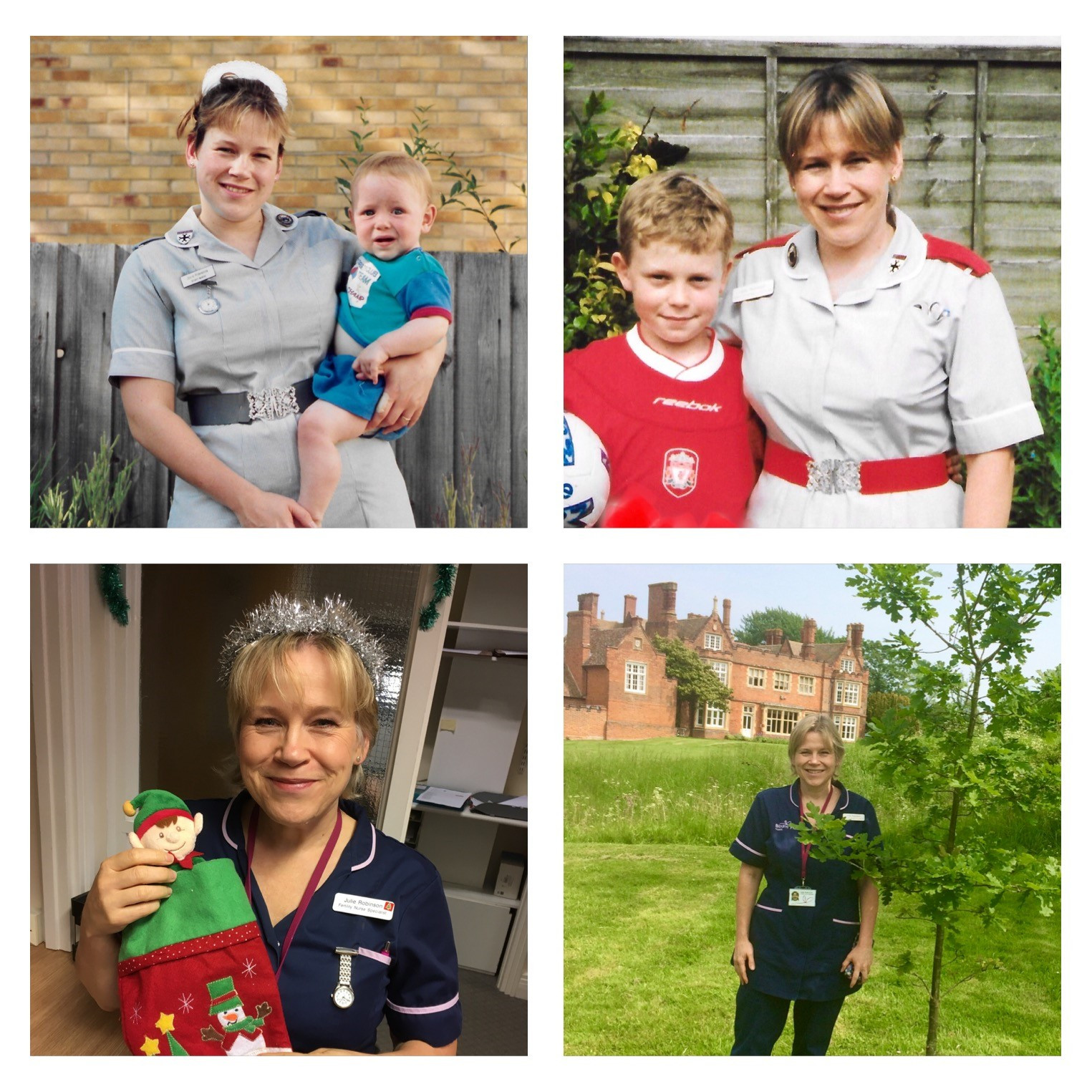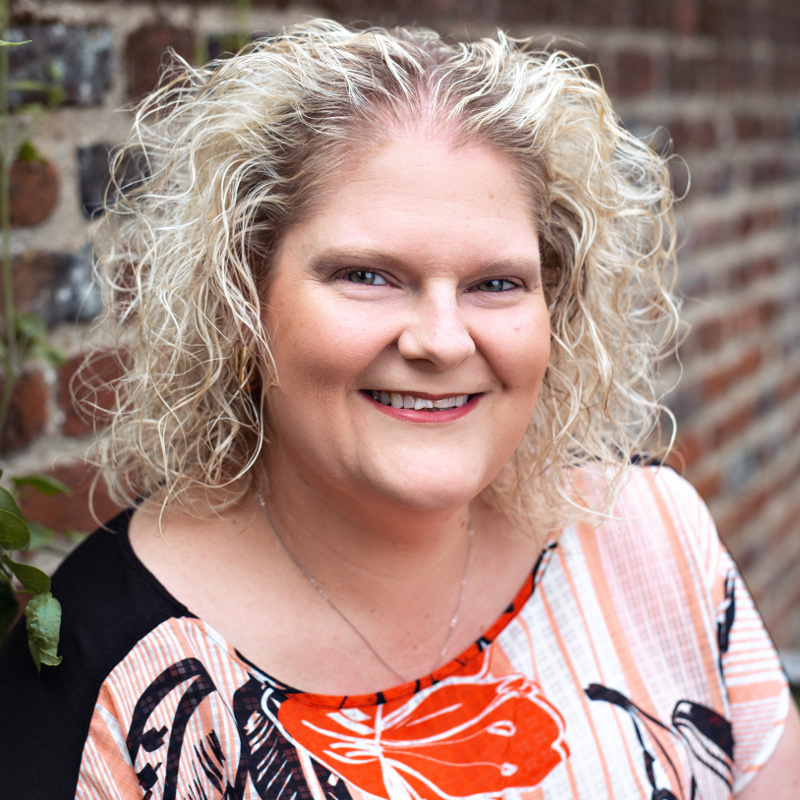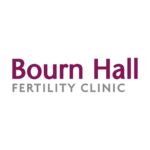Working alongside physiologist Robert Edwards and gynaecologist Patrick Steptoe, Jean Purdy became the world’s first embryologist for the first-ever ‘test tube’ baby – Louise Brown, who was born on 25 July 1978.
Before her premature death in 1985, aged 39, Jean saw over 500 babies conceived following successful IVF at Bourn Hall, the world’s first IVF clinic; as Technical Director, Jean helped turn the science into a robust medical treatment. Her great contribution to medicine has at last been recognised with a memorial service and blessing of a new headstone in the presence of Jean’s family, friends and colleagues.
Jean was co-author on 26 academic papers about IVF between 1970-1985 including Nature and The Lancet and her contribution was recognised by fellow IVF pioneers Bob Edwards and Patrick Steptoe. At a lecture to an audience of specialists on the 20th anniversary of clinical IVF, Edwards announced, “There were three original pioneers in IVF not just two”.
Jean Purdy was a nurse in Cambridge
Jean was 23 and a qualified nurse when in 1968 she applied for a post as a research assistant with Robert (Bob) Edwards at the Cambridge University Physiological Laboratory. Edwards, who shortly after successfully produced the first human blastocyst, an 8-cell embryo, outside the body, had started a collaboration with gynaecologist Patrick Steptoe, who introduced laparoscopy to the UK – a forerunner of keyhole surgery.
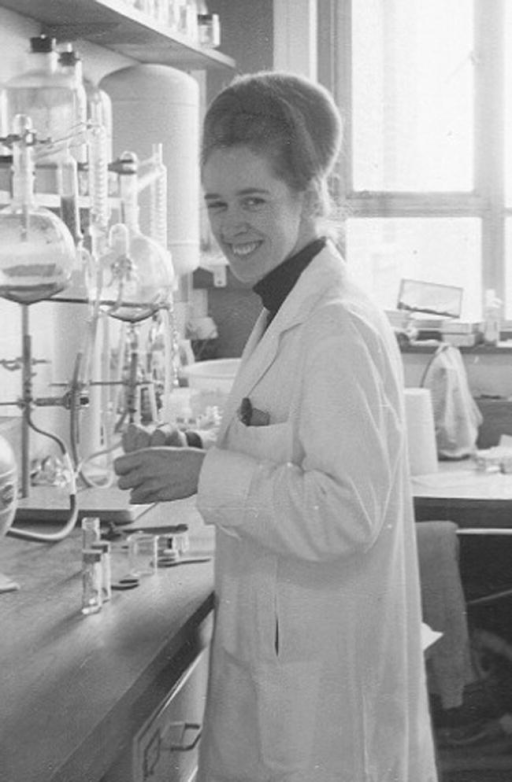
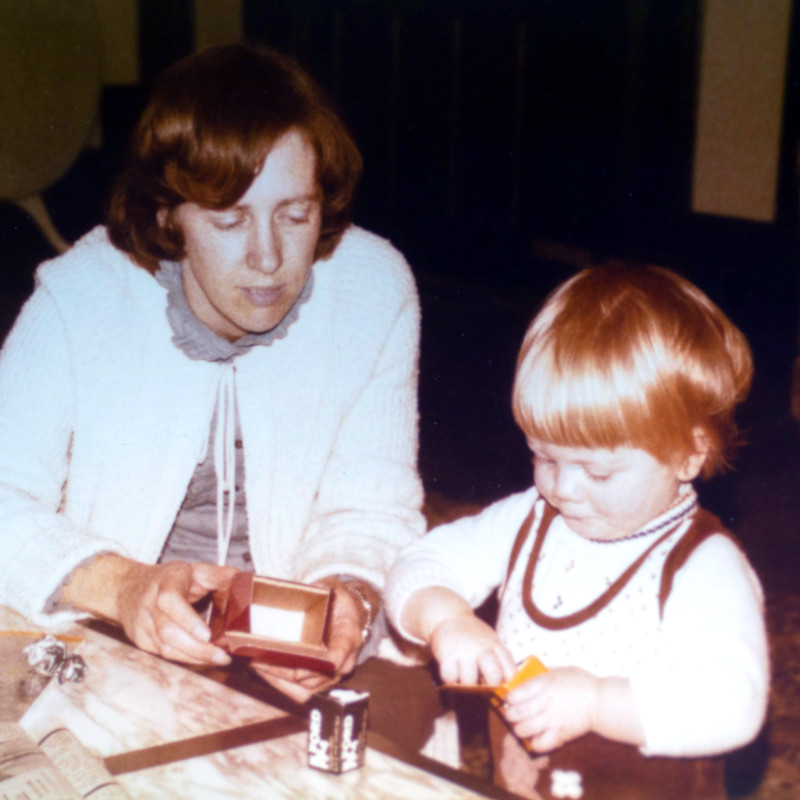
Little known about embryology
The intention was to use laparoscopy to collect eggs from the ovaries, fertilise them in vitro and place the embryos in the womb, overcoming the problem of blocked fallopian tubes, a major cause of infertility. IVF has since been adapted to treat most forms of infertility.
However, little was known about human embryology or how to maintain the embryos and the research provoked moral outrage. Funding for the research was often refused.
Therefore, both men had full-time day jobs – Edwards an academic at University of Cambridge and Steptoe a NHS consultant in Oldham.
The team was given a small lab space at Kershaw’s Cottage Hospital and permission to do their research in their spare time, and they had to finance the equipment themselves. So, it was Jean that managed the laboratory, prepared the culture media, recorded the data and reassured and supported the patients. Over ten years, hundreds of women volunteered their eggs initially for research and later, as the science progressed, in the hope of treatment for infertility.
NHS unwilling to fund IVF
Despite their success with Louise in 1978 and the first IVF baby boy, Alastair MacDonald, born in January 1979, the NHS refused to support the service and the team made urgent attempts to fund a private clinic close to Cambridge where they could work together. Jean eventually found a Jacobean manor house for sale — this became the world’s first IVF clinic, Bourn Hall. In 1980, she helped to launch fertility services there as the Technical Director.
Jean died from malignant melanoma on 16 March 1985, at just 39. During her illness, a room was arranged for her in Bourn Hall where she could still be part of the team and receive guests.
Despite their success with Louise in 1978 and the first IVF baby boy, Alastair MacDonald, born in January 1979, the NHS refused to support the service and the team made urgent attempts to fund a private clinic close to Cambridge where they could work together. Jean eventually found a Jacobean manor house for sale — this became the world’s first IVF clinic, Bourn Hall. In 1980, she helped to launch fertility services there as the Technical Director.
Jean died from malignant melanoma on 16 March 1985, at just 39. During her illness, a room was arranged for her in Bourn Hall where she could still be part of the team and receive guests.
First to recognise human blastocyst
According to Jean’s obituary (The Times, 19 March 19, 1985), she was the first person in the world to recognise and describe the formation of the early human blastocyst, a foundational stage for embryo stem cell technology.
Jean was buried beside her mother and grandmother in Grantchester churchyard, just outside Cambridge. On 20 July 2018 Louise Brown, the world’s first test tube baby, honoured Jean by laying flowers on a new memorial following a touching church service attended by Jean’s colleagues, friends and relatives.
While her contribution to science is recorded through her papers, Jean’s living legacy is that through her dedication to IVF treatment 300,000 IVF children have been born in the UK since the birth of Louise – with over 20,000 conceived at Bourn Hall.
Jean Purdy was the first clinical embryologist, and the science has come a long way since then, as our video shows.


